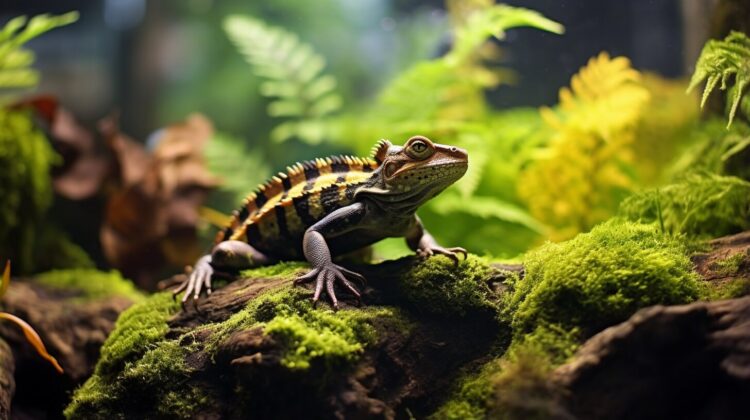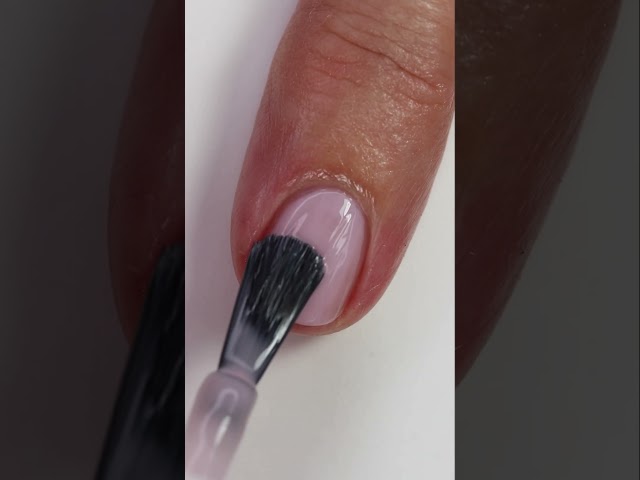Introduction
Reptiles make fascinating pets, from beautiful lizards to slithering snakes. Creating a suitable and reptile-friendly habitat is crucial for their health and well-being. Whether you are a first-time reptile owner or an experienced reptile enthusiast, here are some tips to help you create the perfect habitat for your scaly friend.
Research the Species
Before setting up a reptile habitat, it is essential to research the specific needs and requirements of the reptile species you plan to keep. Different reptiles have different temperature, humidity, and lighting preferences. Some reptiles require a terrestrial habitat, while others prefer arboreal setups. Knowing the specific needs of your reptile will ensure that you provide the ideal environment for their overall health.
Choose the Right Enclosure
Once you have researched the specific needs of your reptile, it’s time to choose the right enclosure. The size of the enclosure should be suitable for the size of your reptile and allow ample room for movement. Reptiles like lizards and snakes often benefit from taller enclosures with branches or rocks to climb on. Glass terrariums are a popular choice as they provide good visibility and can be easily cleaned. Make sure the enclosure has a secure lid to prevent any escapes.
Temperature and Lighting
Reptiles are ectothermic, meaning they rely on external sources of heat to regulate their body temperature. A temperature gradient is essential for reptiles to thermoregulate, with different temperature zones within the enclosure. A heat mat or ceramic heat emitter can be used to provide a basking spot with a higher temperature. On the other side of the enclosure, the temperature should be slightly lower to allow the reptile to cool down.
Lighting is equally crucial for reptiles, especially those that require UVB rays. UVB lighting is necessary for reptiles to synthesize vitamin D3, which helps in calcium absorption for the development of strong bones. Make sure to provide a suitable UVB light source that covers the required area of the enclosure.

Substrate and Hideouts
The substrate, or the flooring material, in the reptile habitat should mimic the reptile’s natural environment and be safe for them to dig and burrow in. Some reptiles prefer sand, while others require a more moisture-retaining substrate like coconut husk or cypress mulch. Avoid using substrates like cedar shavings or pine chips, as they can be toxic to reptiles.
Providing hiding spots is essential for reptiles, as they often seek shelter and security in small, enclosed spaces. You can use reptile-friendly hideouts made from cork bark, coconut shells, or commercially available reptile caves. Ensure there are hiding spots in both the warm and cooler areas of the enclosure to provide a sense of security for your reptile.
Water and Humidity
Proper hydration is crucial for the health of reptiles. Provide a shallow water dish or a pool for your reptile to drink from and soak in. The water should be clean and replenished regularly. Some reptiles, like certain snake species, may require a higher humidity level in their habitat. You can achieve this by misting the enclosure regularly or using a humidifier. Monitoring the humidity level is important to prevent respiratory issues in reptiles.
Diet and Enrichment
Reptiles have specific dietary needs based on their species. Research and provide a suitable diet that includes a balance of protein, vitamins, and minerals. Some reptiles are herbivores, while others are insectivores or omnivores. Consult with a reptile veterinarian or a knowledgeable reptile breeder to ensure you are feeding your reptile the correct type and amount of food.
Enriching your reptile’s habitat is important for their mental stimulation and overall well-being. Add branches, rocks, and other climbing structures for arboreal reptiles. Provide hiding spots and tunnels for terrestrial reptiles. Incorporate toys and puzzles to encourage natural behaviors like hunting or foraging. Reptiles may also benefit from having live plants in their habitat, which can provide additional hiding spots and help maintain humidity.
Regular Maintenance
Keeping a reptile-friendly habitat clean and well-maintained is essential for your pet’s health. Regularly clean the enclosure, removing any waste, uneaten food, or shed skin. Replace the substrate as needed and disinfect the enclosure to prevent the growth of harmful bacteria. Maintain the temperature and humidity levels according to the reptile’s needs. Monitor your reptile for any signs of illness or stress and seek veterinary care if needed.
Conclusion
Creating a reptile-friendly habitat requires careful research and attention to detail. Understanding the needs of your reptile species, providing the right enclosure, temperature, lighting, substrate, and enrichment will help ensure their health and well-being. Regular maintenance and monitoring are crucial for the long-term care of your scaly friend. By following these tips, you can create a happy and healthy reptile habitat that both you and your pet will enjoy.


















